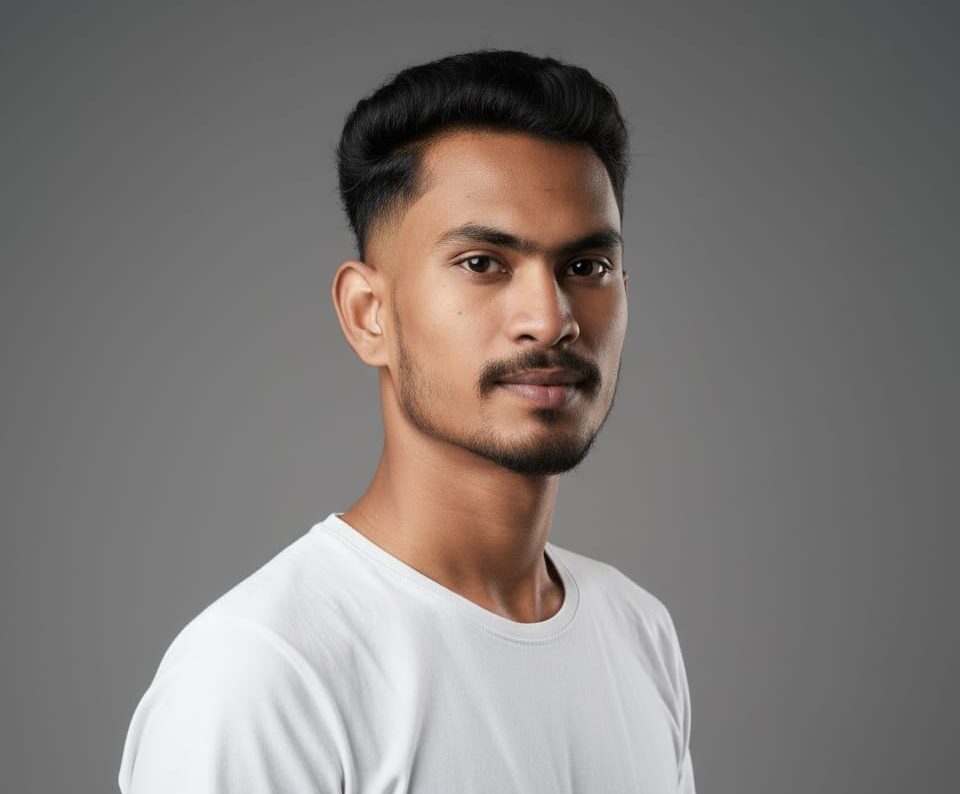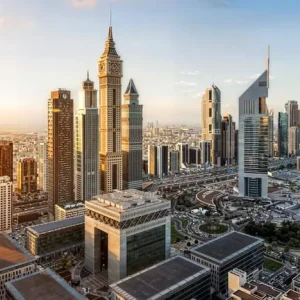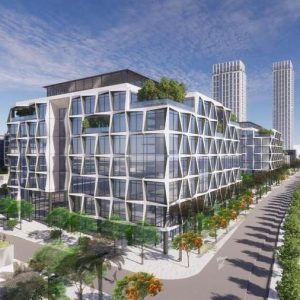UAE Air Taxi Launch is set to transform the way people travel within the emirates. The United Arab Emirates is making a historic leap in urban mobility by introducing electric air taxis. Dubai and Abu Dhabi are leading this initiative, aiming to make daily commutes faster, more efficient, and environmentally friendly by integrating electric vertical takeoff and landing (eVTOL) aircraft into their transportation networks.
What Is an Air Taxi?
An air taxi is a small, electric aircraft designed for short urban flights. Unlike traditional helicopters, eVTOLs are quieter, energy-efficient, and capable of vertical takeoff and landing. This makes them ideal for busy city environments. Air taxis carry passengers between designated vertiports, reducing travel time and easing congestion on the roads. They are a modern solution to the growing challenges of urban transportation.
Dubai’s Bold Step into the Skies
Dubai is at the forefront of this aerial transformation. The city has partnered with Joby Aviation, a U.S.-based company specializing in eVTOL technology, to launch commercial air taxi services by early 2026. The service will operate from four primary vertiports: Dubai International Airport, Palm Jumeirah, Downtown Dubai, and Dubai Marina. These locations are chosen strategically to serve high passenger traffic areas efficiently.

The aircraft, called Joby S4, comes with impressive specifications:
- Range: Up to 160 kilometers (100 miles)
- Speed: Up to 320 km/h (200 mph)
- Capacity: Four passengers and a pilot
- Noise Level: Significantly quieter than traditional helicopters
- Emissions: Zero operational emissions
A test flight conducted in mid-2025 demonstrated the aircraft’s capabilities, simulating real urban journeys. The Roads and Transport Authority (RTA) of Dubai granted Joby Aviation exclusive rights to operate air taxis in the emirate for six years, reflecting Dubai’s commitment to transportation innovation.

Abu Dhabi’s Strategic Approach
Abu Dhabi is also advancing rapidly in the air mobility sector. Archer Aviation, another U.S.-based eVTOL manufacturer, received design approval for the UAE’s first hybrid heliport. This marks a crucial step toward launching commercial air taxi services in the capital.

The first test flight of Archer’s “Midnight” aircraft outside the United States took place at Al Bateen Executive Airport. This flight tested the aircraft’s performance under UAE-specific conditions, including high heat, humidity, and dust, highlighting the readiness of urban air mobility operations in Abu Dhabi.
The Role of Vertiports
Vertiports are specialized infrastructures designed to support the takeoff, landing, and maintenance of eVTOL aircraft. Dubai’s first vertiport, near Dubai International Airport, is a three-story facility capable of handling 170,000 passengers annually and managing 10 landings per hour. It supports both eVTOL and conventional helicopter operations and is set to open in early 2026.
Additional vertiports are planned for Palm Jumeirah, Downtown Dubai, and Dubai Marina. These strategic locations are aimed at ensuring smooth and efficient air taxi operations across key areas of the city.
Environmental and Economic Benefits
The UAE Air Taxi Launch brings multiple benefits:
- Reduced Traffic Congestion: By diverting short-distance commutes to the air, road traffic is expected to decrease significantly.
- Time Savings: Journeys that normally take over an hour by car can now be completed in under 15 minutes.
- Sustainability: eVTOL aircraft produce zero emissions, contributing to cleaner urban environments.
- Economic Growth: Air mobility infrastructure development will create jobs and attract investments in aerospace and technology sectors.
Challenges and Considerations
Despite the promise, there are challenges to address:
- Regulatory Approvals: Ensuring eVTOL aircraft meet strict safety and operational standards is crucial.
- Public Acceptance: Gaining public trust in air taxis is essential for their adoption.
- Infrastructure Development: Constructing and maintaining vertiports while integrating them into existing transportation networks requires substantial investment.
Addressing these challenges is vital for successfully implementing urban air mobility in the UAE.
Looking Ahead
The UAE’s ambitious air taxi plans demonstrate the country’s determination to lead in futuristic transportation. Dubai and Abu Dhabi are setting a global example, showing how cities can adopt innovative solutions to urban mobility challenges.
As these projects develop, residents and visitors can expect faster, more efficient, and sustainable commuting options. Keeping an eye on updates from Dubai’s RTA and companies like Joby and Archer Aviation will be essential for anyone interested in experiencing this revolutionary mode of transport.
The UAE Air Taxi Launch represents a major step toward a future where cities are connected by air as much as by road. With careful planning, investment in infrastructure, and public engagement, air taxis could soon become a common sight in the skies above the UAE, redefining urban travel for years to come.
Do follow UAE Stories on Instagram
Read Next – Abdullah bin Zayed and Egypt’s Foreign Minister Hold Talks















